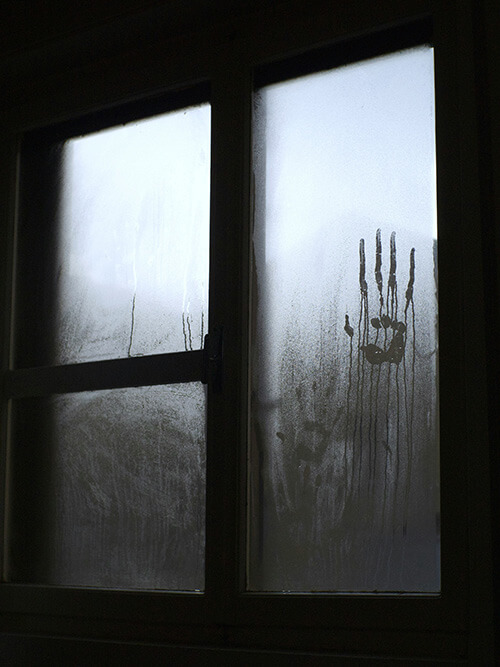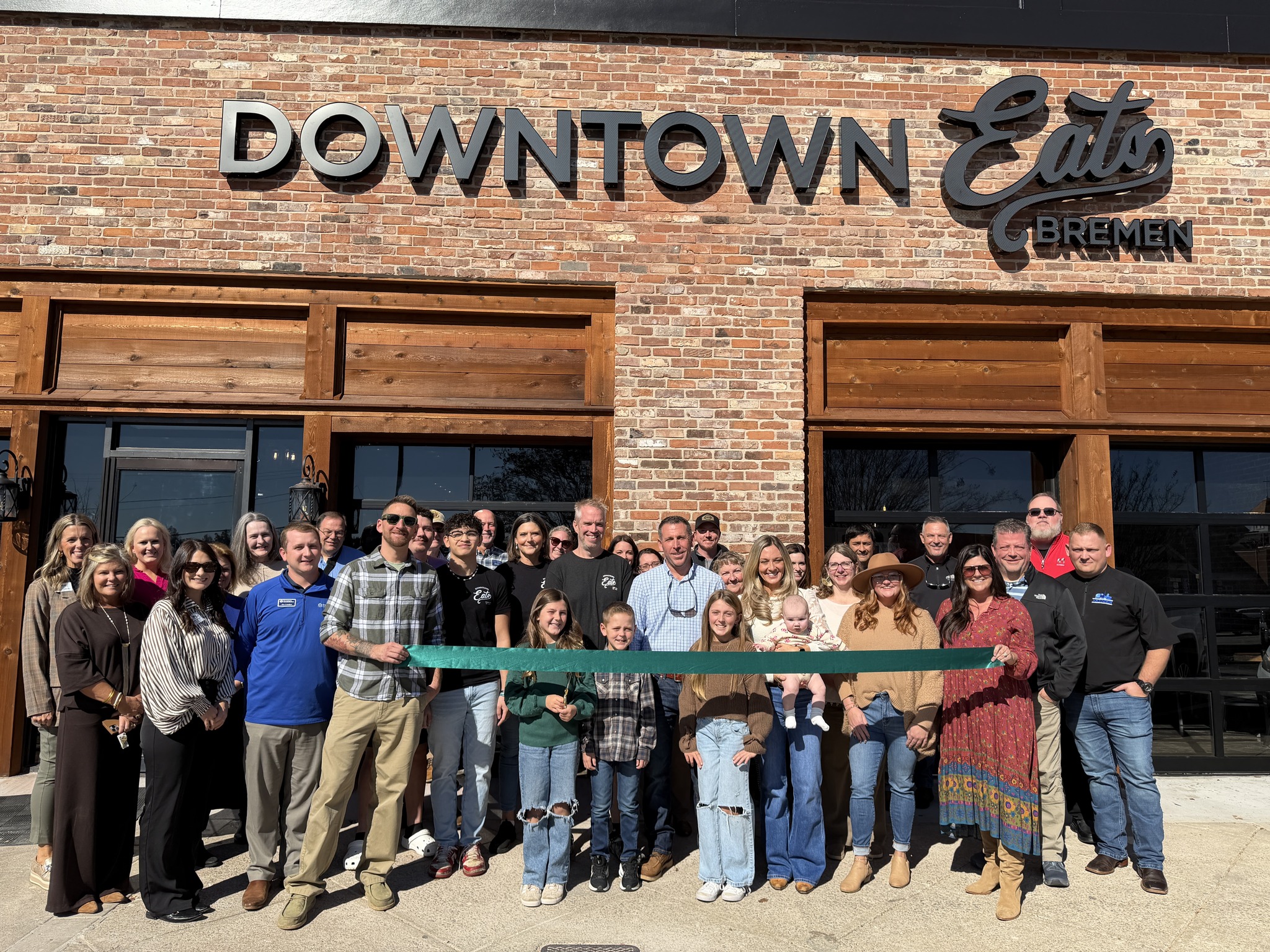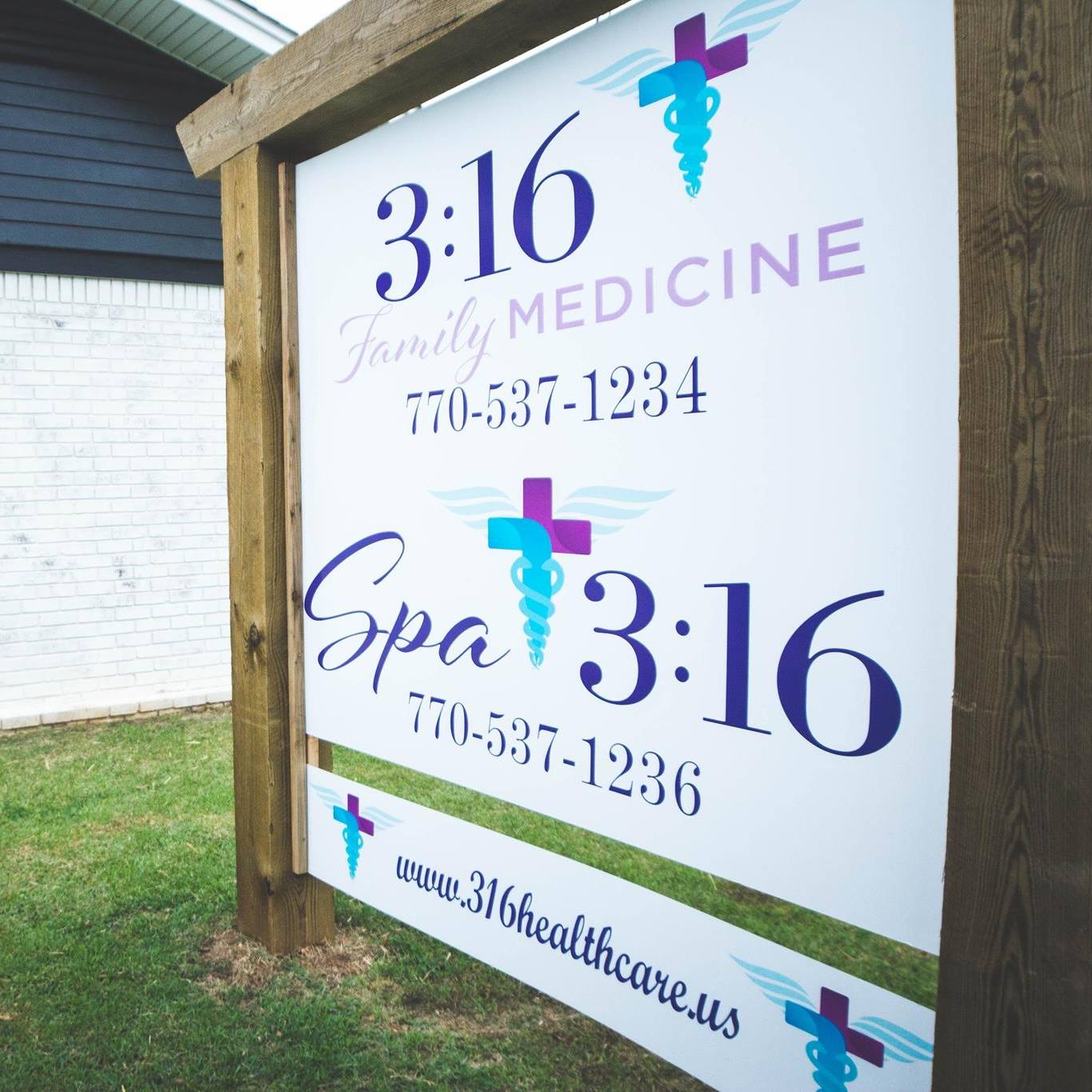We cover our eyes but peek through our fingers. We scream, then laugh. Every Halloween – and in between – we seek out what frightens us most, only to come back again. It’s a curious human quirk: we hate fear in real life yet crave it when we know we’re safe. What makes “fun fear” so irresistible?
It all comes down to how our brains interpret threat, faculty at the University of West Georgia inform. Fear activates the same systems that keep us alive. But when we know we’re not actually in danger, that adrenaline rush turns into excitement. In other words, a haunted house is like a rollercoaster for the mind: A safe space to flirt with danger and feel alive.
With expertise in anomalous and paranormal experiences and beliefs, including ghostly phenomena, UWG’s Dr. Christine Simmonds-Moore, psychologyprofessor, has spent years studying what happens when fear moves from signal to story.
“These ‘safe fears’ are entertaining but also stimulate some ancient, ingrained patterns of behavior that play with ideas that are deeply archetypal,” she explained. “People are intrigued with the idea of ghosts and an afterlife in particular, even if they’re skeptical on a rational level. They like mystery and wondering if there’s something that survives after bodily death, which can be comforting but also terrifying.”
But how does the brain or body distinguish between genuine threats and safe fears? In the case of horror films or television, although we can sympathize with characters, the experience isn’t fully believed. The same can be said about commercial haunted houses and – for some – ghost tours.
“The feelings can be fear, but fear alongside amusement,” Simmonds-Moore said. “You’re laughing at the same time as running away from a scary situation. It can also be influenced by the presence of others who are going through the same experience, which makes it less scary.”
Scary movies and haunted attractions often play on primal themes, whispering from deep places. Horror, then, becomes a mirror: every masked figure, every dark corridor, an invitation to meet ourselves in disguise.
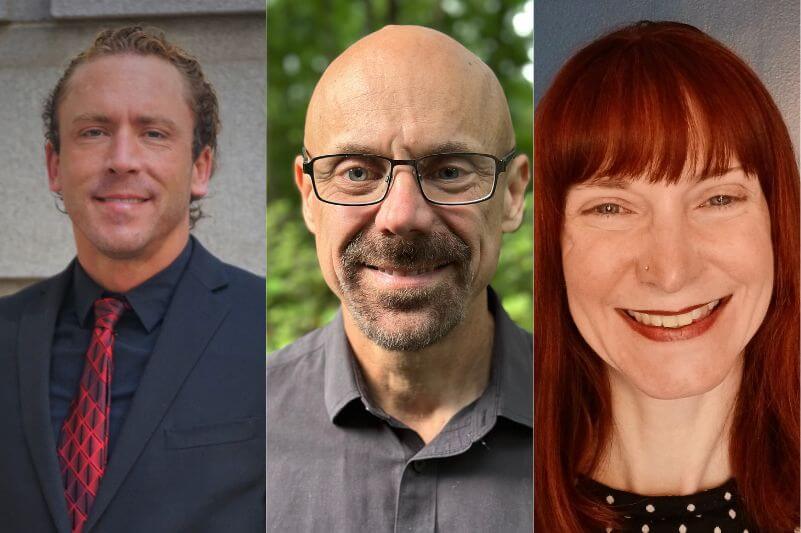
“Darkness reduces us to a state of helplessness,” reasoned Dr. John Roberts, associate professor of psychology. “In the dark, we lose the usual coordinates of the social world and its protection. Often what is at stake here, beyond conscious fear, is the anxiety of our ego dissolving. Our everyday sense of self breaks down, and we’re given over to impulses and enjoyment that exist within us but have been tamed by civilization.”
But why do certain experiences unsettle us so powerfully? Roberts said Dr. Sigmund Freud’s concept of “the uncanny” – something familiar made strange, both recognizable and alien – is a common theme in horror fiction and films, sometimes involving dolls that come to life or the living dead.
“These give us a glimpse into something within us that is beyond us: the sheer inhuman drives that persist beyond the signified ways we see ourselves,” he said. “The living corpses are us and can simultaneously enjoy the spectacle as we are safely cocooned in the screen of fantasy that we are morally upright, ‘real’ human beings.”
For Dr. Jacob Glazier, assistant professor of psychology, fear is an encounter with existence. Existentially, fear strips away distractions, reminding us of our fragility and our freedom.
“Fear can be exhilarating and energizing while also being frightening and immobilizing,” he explained. “Human science approaches tell us that fear colors our entire perception of reality. People’s fascination with and seeking out thrilling experiences often stems from disavowing one’s unique relationship to death.”
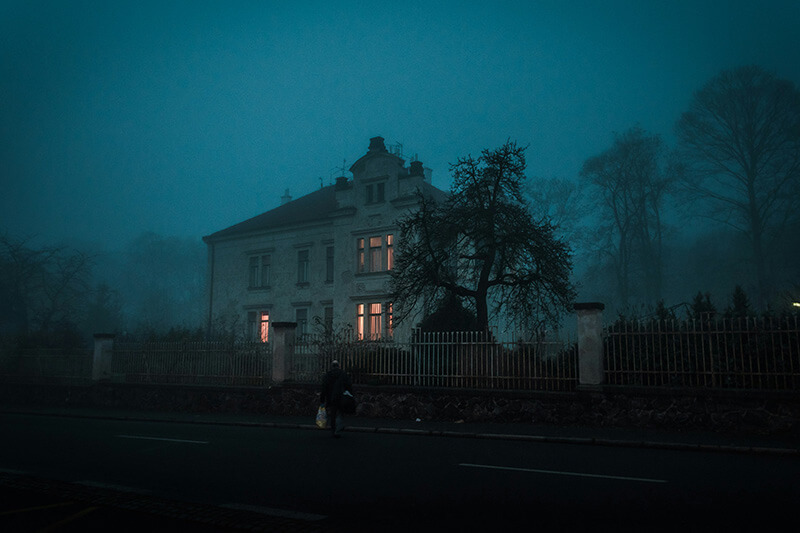
Glazier reintroduced Freud into the discussion and his “death drive,” an instinct that becomes projected onto the world in objects and experiences that remind us of our own demise. Phobias stem from a failure to properly integrate this drive.
“When we confront our fears, we are more likely to become more genuinely who we are; where the inner self matches the outer self,” Glazier added. “Fear creates this divide and overcoming them means getting rid of the mask and being more at home in the world and with ourselves.”
Maybe that’s why we keep returning to the dark – not to escape it, but to understand it. This Halloween, when the lights flicker and your pulse quickens, remember you’re not just being scared. You’re participating in one of humanity’s oldest, most revealing rituals.
“Maybe these evolutionary echoes allow us to practice how we’d respond in fearful situations,” Simmonds-Moore concluded. “People do feel alive when experiencing ‘safe fear. It’s under control and offers a narrative of how we’ll know will play out: get scared then leave the haunted house or go on a rollercoaster ride then get off and repeat. The experience gives us the relief of an award, and the emotions give us meaning.”

